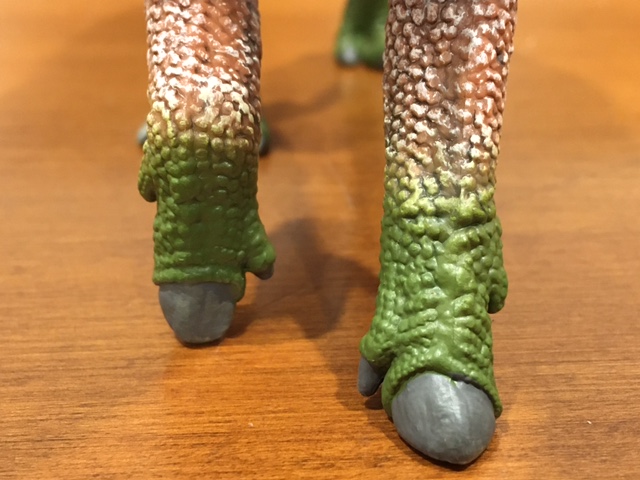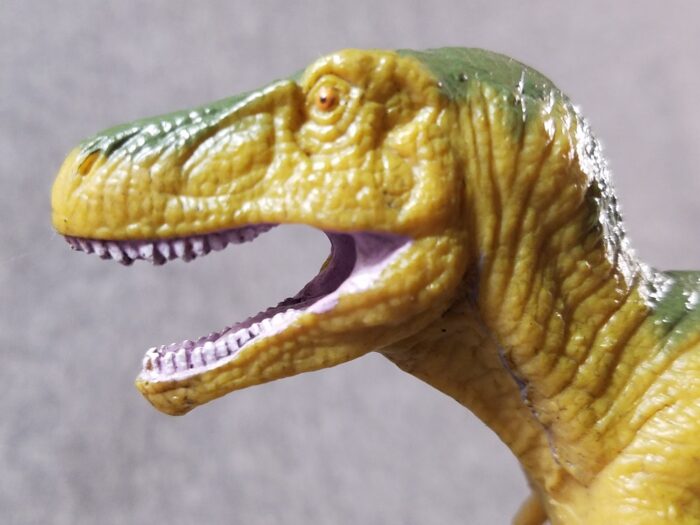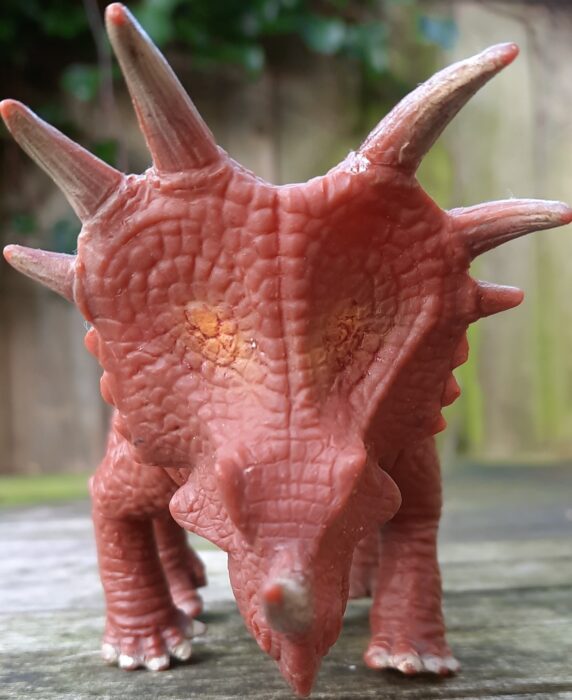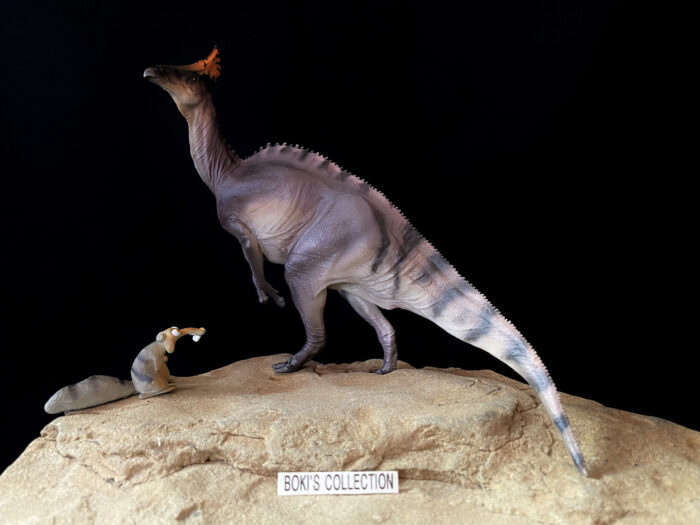Review and photos by Loon, edited by Suspsy
There are a lot of Triceratops figures. A lot. So when I saw that PNSO was planning to release yet another one, and at an incredibly high price, I was pretty sure I’d pass.

Of all the vertebrates on earth, only three in the history of life have achieved powered flight. Two, the birds and bats, are still amongst us today, but the third, the pterosaurs, have long since become extinct. This makes them an intriguing group, especially given that some reached incredible sizes.

The two valid species of the North American hadrosaur Edmontosaurus, E. annectens and E. regalis, are known from multiple fossil specimens. Taken together, they make the genus “fully known.” But while a complete skeleton can give us a reasonable idea about an animal’s appearance in life, it is not necessarily a full or accurate one.

Although the “Asian Tyrannosaurus” doesn’t enjoy the same fame as its close American relative, Tarbosaurus bataar has gained a little notoriety for itself in recent years; it’s one of few dinosaurs to receive the (dubious) honor of starring in at least one feature film of its own, and a few toy companies have also begun giving Tarbosaurus attention.

Ceratopsians are a fascinating group. Their bodies aren’t very diverse, but the skull work is incredible. And one of the greats when it comes to that is Styracosaurus, with it’s spiked frill giving it a fearsome appearance (even if the frill itself offered little protection due to the holes, but I won’t tell the predators if you won’t).

The idea of genetically altering creatures for ulterior motives is a common thing in various stories, usually resulting in some big bad creature that our heroes must defeat. Dino media is no exception to this, and here we look at a model of one Tyrannosaurus that ended up bigger and stronger than others in it’s series: the Black T.Rex from Dinosaur King.

Olorotitan arharensis meaning “Titanic/Giant Swan” was a genus of lambeosaurine hadrosaur from the Late Cretaceous of what we know today as the Far Eastern region of Russia.CollectA first introduced this hadrosaur to the toy world way back more than a decade ago when they were still known as Procon.

Xenoceratops, the “alien horned face,” is one of the oldest known ceratopsids and currently the only one to have been discovered in the Foremost Formation of Alberta, Canada. Its name derives from from that distinctness that its as opposed to the striking arrangement of horns on its skull.